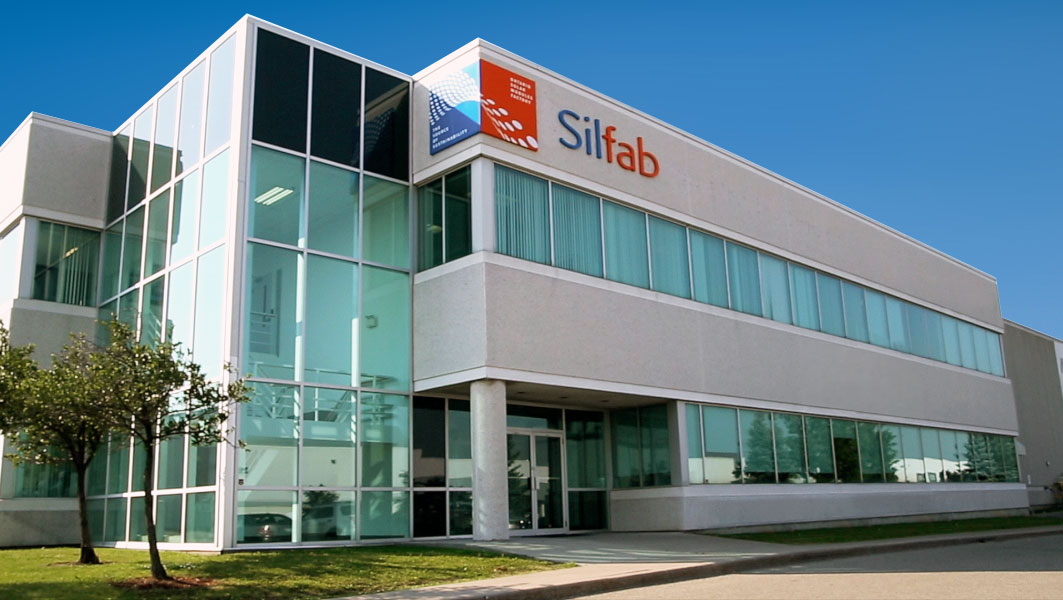On August 15, Silfab, a subsidiary of Italy’s Silfab S.r.l., announced it would expand its back contact module manufacturing in Toronto, Canada, and the U.S. via a partnership with Dutch conglomerate, DSM.
In a statement to pv magazine at the time, Silfab said that a 150 MW production line would be deployed at each of the two sites.
Today, it announced it has invested $40 million in Itek Energy, LLC, which has manufacturing facilities in both Minneapolis and Washington.
The Silfab investment refers to Itek’s Bellingham, Washington location, which was opened in October of last year.
The Canadian manufacturer plans to ramp up production from the current 150 MW, to as much as 350 MW. In Toronto, Silfab says it has a manufacturing capacity of 700 MW, almost all of which is exported to the U.S.
“Our products are already deployed in 33 states. A U.S. operation will now enable us to meet additional demands and customer appetite for U.S. made solar modules,” said Paolo Maccario, COO and General Manager of Silfab.
In its earlier announcement, Silfab said that while both the Canadian and U.S. lines are expected to be fully operational by the end of 2019, their launch has been planned for the first quarter of next year.
It added that the DSM group will provide conductive back-sheets for the back-contact module production. “When you combine DSM’s innovative technology and material science capabilities with Silfab’s proven designs, we are able to realize a nearly 30 percent increase in output over conventional modules,” it stated.
Last December, Silfab announced that it had partnered with Morgan Solar Inc. to develop and mass produce solar PV modules for large commercial and utility-scale projects in the North American market.
At the time, John Paul Morgan, CTO of Morgan Solar told pv magazine that the new modules, around 10 MW of which were being manufactured for test projects to be rolled out this year, used 62% less silicon. This could go up to 80%, he said.
He added that while performance will be slightly reduced, it will pale in comparison to the cost savings. “Reduced cells and silicon use per-module can reduce overall module costs by as much as 30 percent,” said the two companies in a statement released on the news.
This content is protected by copyright and may not be reused. If you want to cooperate with us and would like to reuse some of our content, please contact: editors@pv-magazine.com.









By submitting this form you agree to pv magazine using your data for the purposes of publishing your comment.
Your personal data will only be disclosed or otherwise transmitted to third parties for the purposes of spam filtering or if this is necessary for technical maintenance of the website. Any other transfer to third parties will not take place unless this is justified on the basis of applicable data protection regulations or if pv magazine is legally obliged to do so.
You may revoke this consent at any time with effect for the future, in which case your personal data will be deleted immediately. Otherwise, your data will be deleted if pv magazine has processed your request or the purpose of data storage is fulfilled.
Further information on data privacy can be found in our Data Protection Policy.